Latin America is home to some of the world’s most extraordinary and eccentric landmarks, ranging from mysterious ancient ruins to modern architectural wonders that defy explanation. These unconventional attractions challenge our understanding of art, architecture, and human creativity, drawing visitors from around the globe who seek something beyond the ordinary tourist experience.
Whether crafted by nature’s whimsical hand or born from humanity’s boundless imagination, these landmarks offer a glimpse into the region’s rich cultural tapestry and innovative spirit. From remote mountain peaks to bustling city centers, each site tells a unique story that will leave you questioning everything you thought you knew about conventional landmarks.
Hand of the Desert, Chile
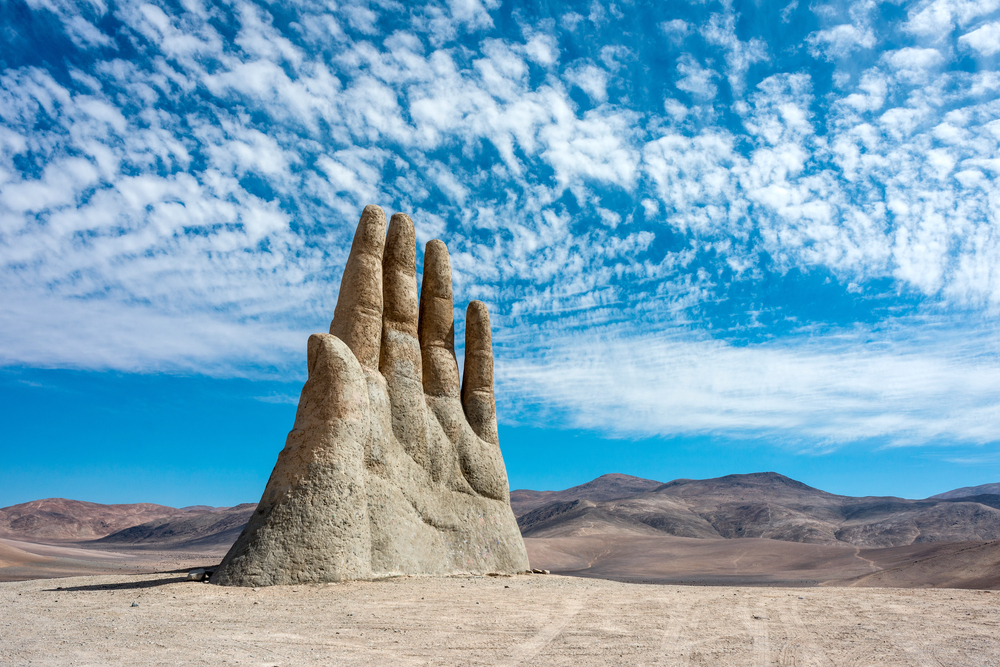
Rising dramatically from Chile’s Atacama Desert, this 36-foot-tall hand sculpture appears to be reaching desperately toward the sky. Created by Chilean artist Mario Irarrázabal in the early 1980s, this isolated concrete structure stands as a symbol of human vulnerability and helplessness.
The massive hand emerges from the sand like a giant drowning in the world’s driest desert, creating an eerie yet captivating sight that draws thousands of visitors each year. The contrast between the artificial structure and the barren landscape creates a striking visual that’s particularly impressive at sunrise and sunset.
Las Pozas, Mexico
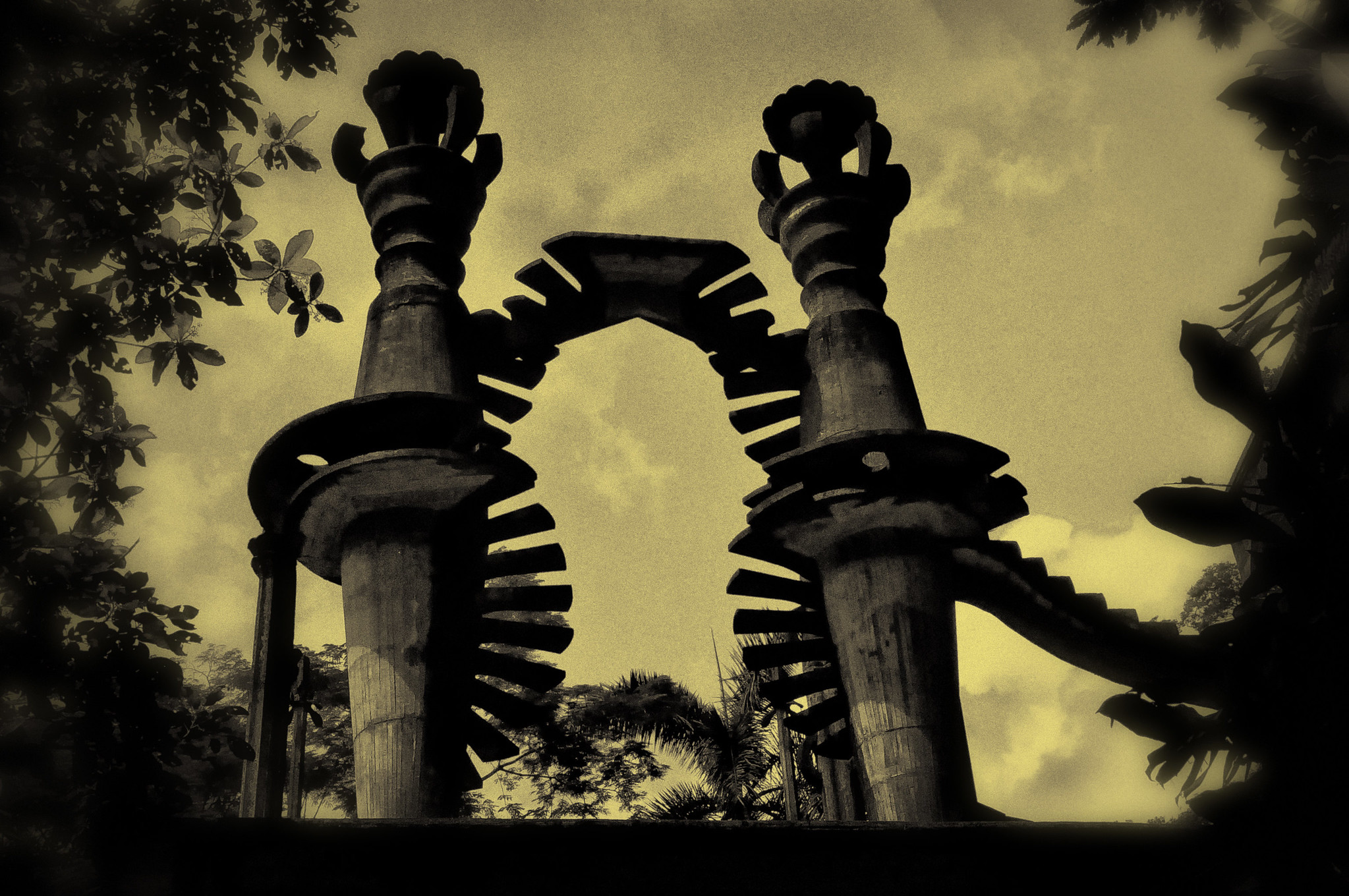
Hidden in the Mexican jungle near Xilitla, Las Pozas is a surreal garden created by eccentric British aristocrat Edward James. This 80-acre surrealist playground features more than 30 structures, including spiral staircases that lead nowhere, concrete flowers that tower over real ones, and doorways that open into space.
Built between 1949 and 1984, the site combines natural waterfalls and pools with architectural elements that seem to have sprung from a dream. The humid jungle environment has partially reclaimed many structures, adding to the mystical atmosphere of this extraordinary place.
Like Travel Pug’s content? Follow us on MSN.
Christ the Redeemer Underwater, Brazil
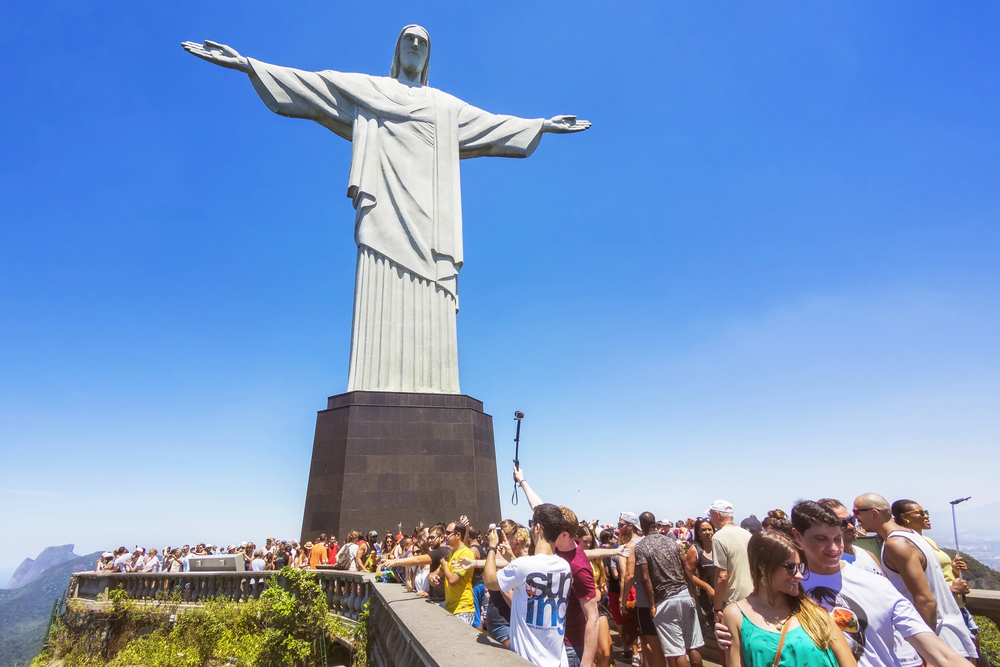
While Rio’s Christ the Redeemer statue is world-famous, few know about its submerged counterpart off the coast of Porto Belo. Standing 40 feet tall in crystal-clear waters, this underwater Christ statue was installed in 2000 to honor those lost at sea.
The statue has become an artificial reef, attracting diverse marine life and creating an otherworldly experience for divers. The play of sunlight through the water creates an ethereal effect around the statue, making it appear to glow in its aquatic setting.
Salt Palace of Uyuni, Bolivia
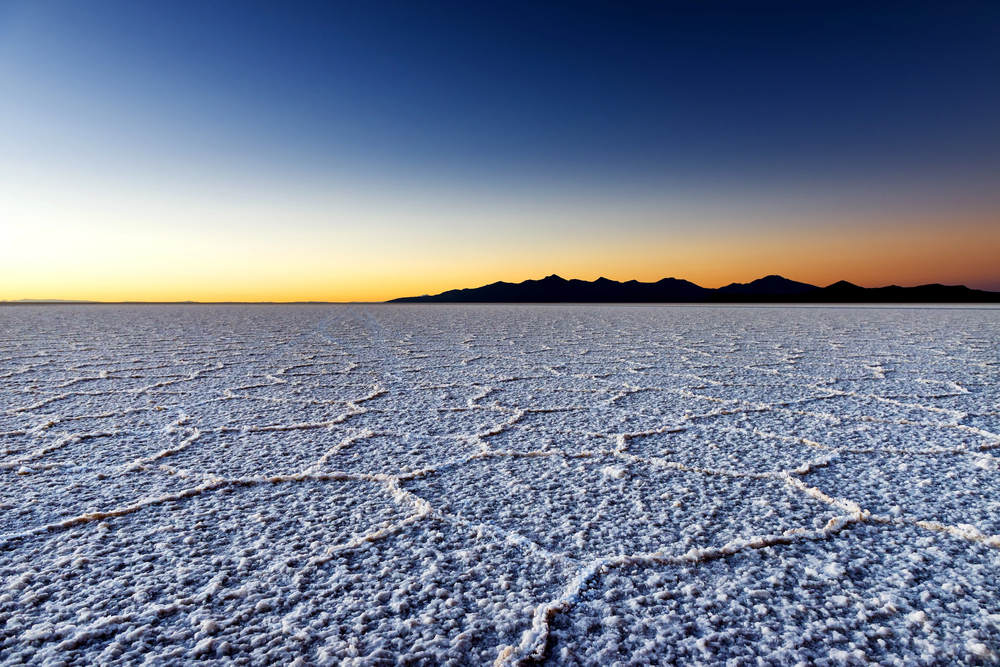
In the middle of the world’s largest salt flat sits a hotel built entirely of salt blocks. The walls, floors, chairs, tables, and even beds are constructed from salt extracted from the Salar de Uyuni. This unique structure demonstrates innovative architectural possibilities while providing a one-of-a-kind lodging experience.
Visitors can lick the walls to verify the building material, though the management politely requests that you don’t make a habit of it.
Huaca Pucllana, Peru
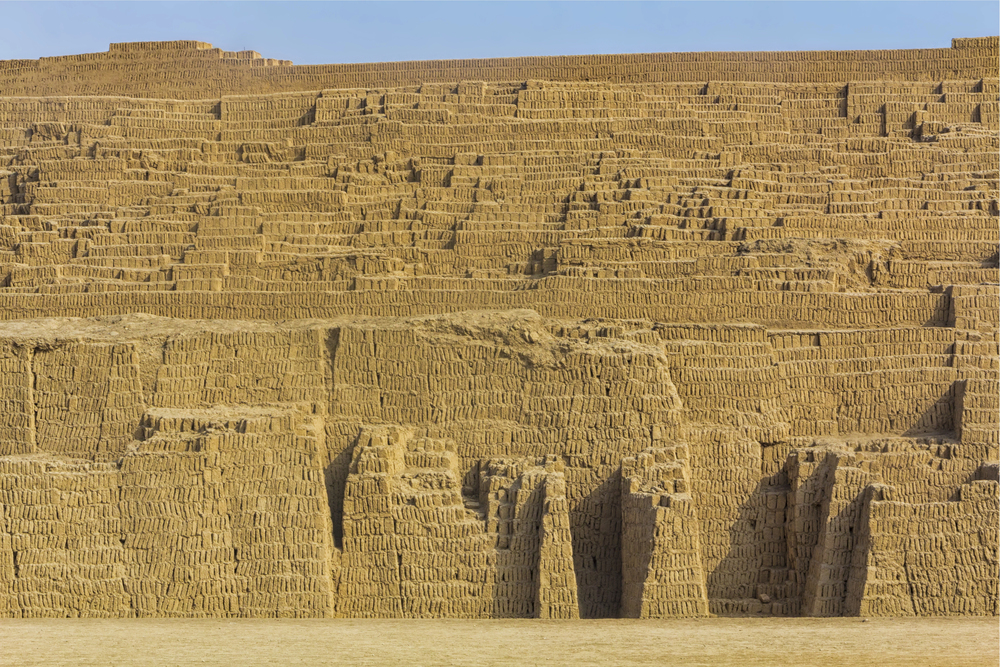
Rising from the middle of Lima’s Miraflores district, this ancient pyramid looks wildly out of place among modern apartments and restaurants. Built around 500 CE using a unique ‘bookshelf’ construction technique, the adobe bricks are stacked vertically rather than horizontally.
This bizarre building method has helped the structure survive countless earthquakes over the centuries. The site includes a high-end restaurant where diners can enjoy contemporary Peruvian cuisine while overlooking pre-Columbian ruins illuminated at night.
Like Travel Pug’s content? Follow us on MSN.
The Perito Moreno Glacier Bridge, Argentina
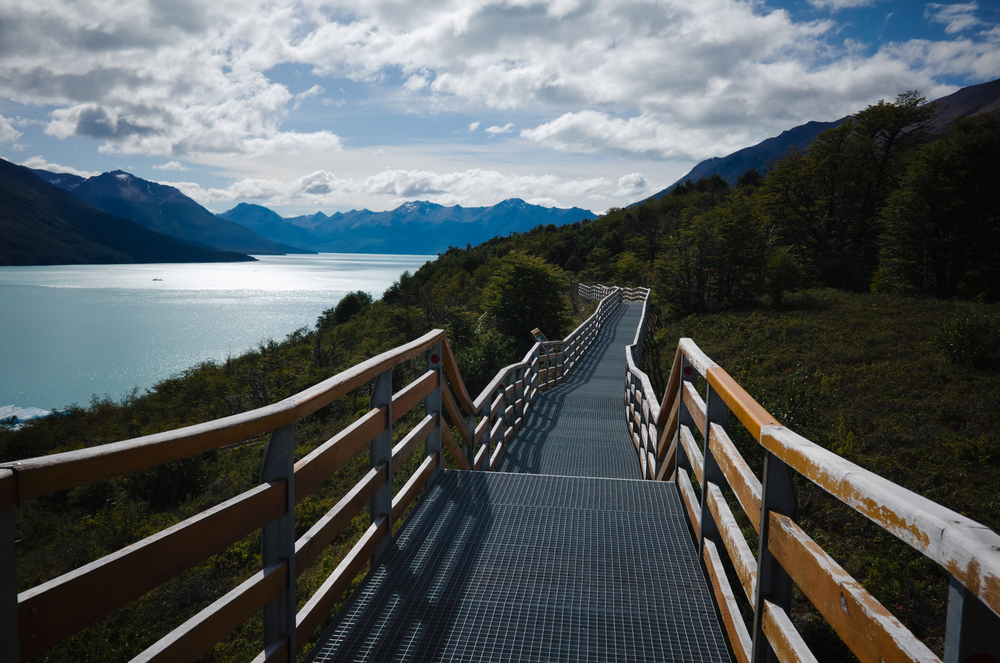
Every few years, this massive glacier forms a natural ice bridge that eventually collapses in spectacular fashion. The phenomenon occurs when the advancing glacier reaches the opposite shore of Lake Argentino, creating a dam that separates the lake into two parts.
The pressure buildup eventually causes the ice bridge to rupture, creating one of nature’s most dramatic shows. The timing of this event is unpredictable, making it even more mysterious and attractive to visitors.
Casa del Arbol, Ecuador
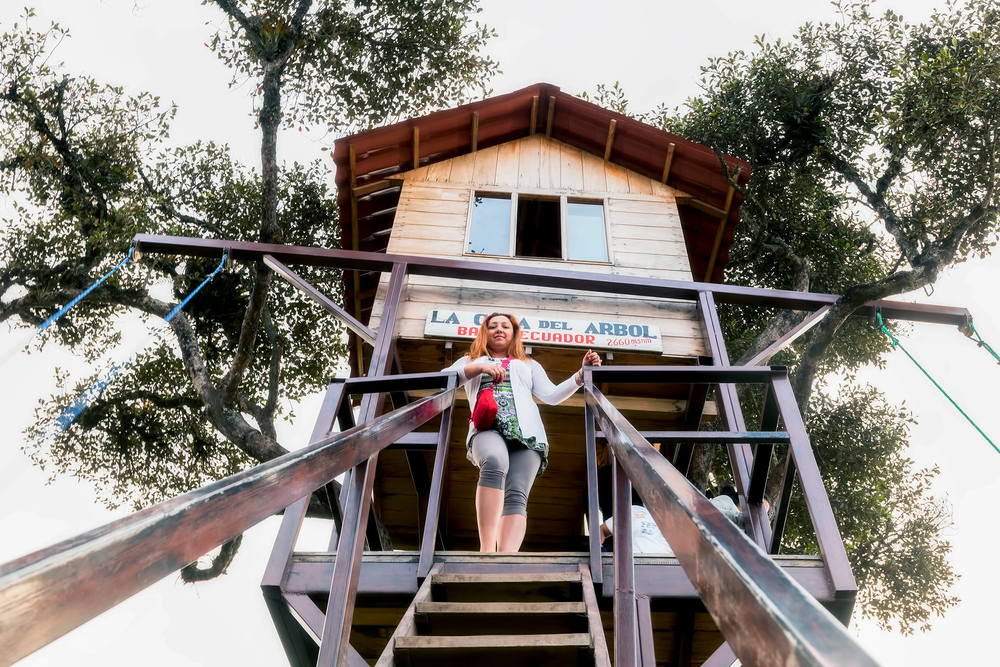
Perched precariously on the edge of a canyon near Baños, this simple treehouse features a swing that appears to send riders out over the abyss. Known as the ‘Swing at the End of the World,’ it offers thrill-seekers an opportunity to soar above the clouds with views of the active Tungurahua volcano in the background.
While there is actually a safety system in place, the visual effect is heart-stopping and has made this humble treehouse an international sensation.
Pink Lakes of Las Coloradas, Mexico
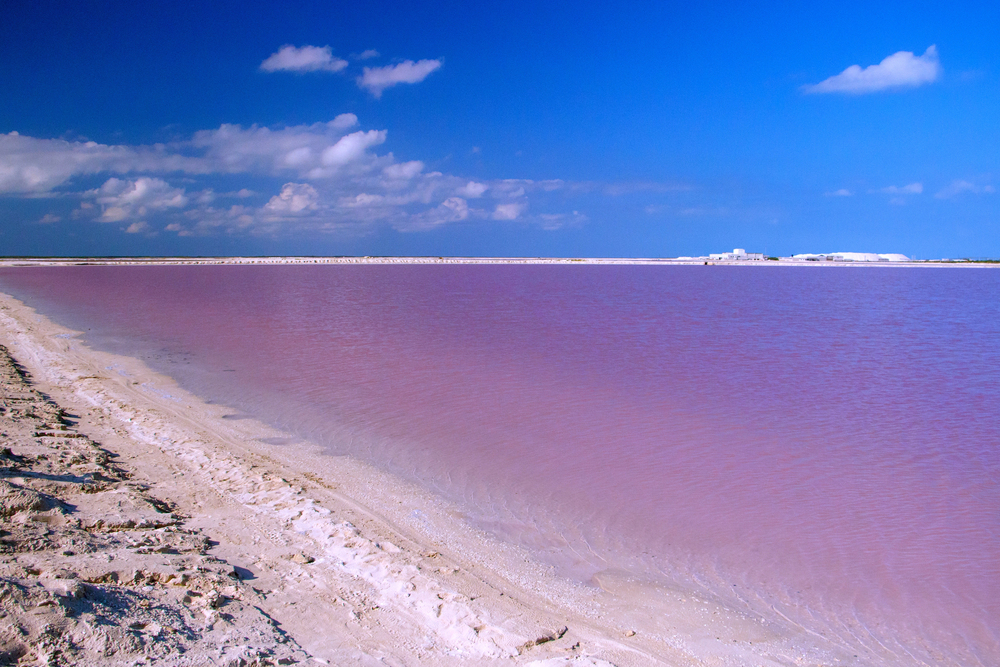
These bubble-gum pink lakes in Mexico’s Yucatan Peninsula seem too artificial to be real, yet their striking color is entirely natural. The vibrant hue comes from red plankton and tiny shrimp that thrive in a highly saline environment.
Traditional salt production methods have been used here for centuries, creating a surreal landscape that looks more like a giant strawberry milkshake than a natural body of water. The contrast between the pink water and bright white salt piles creates an otherworldly scene.
Like Travel Pug’s content? Follow us on MSN.
Giant Stone Heads of Easter Island, Chile
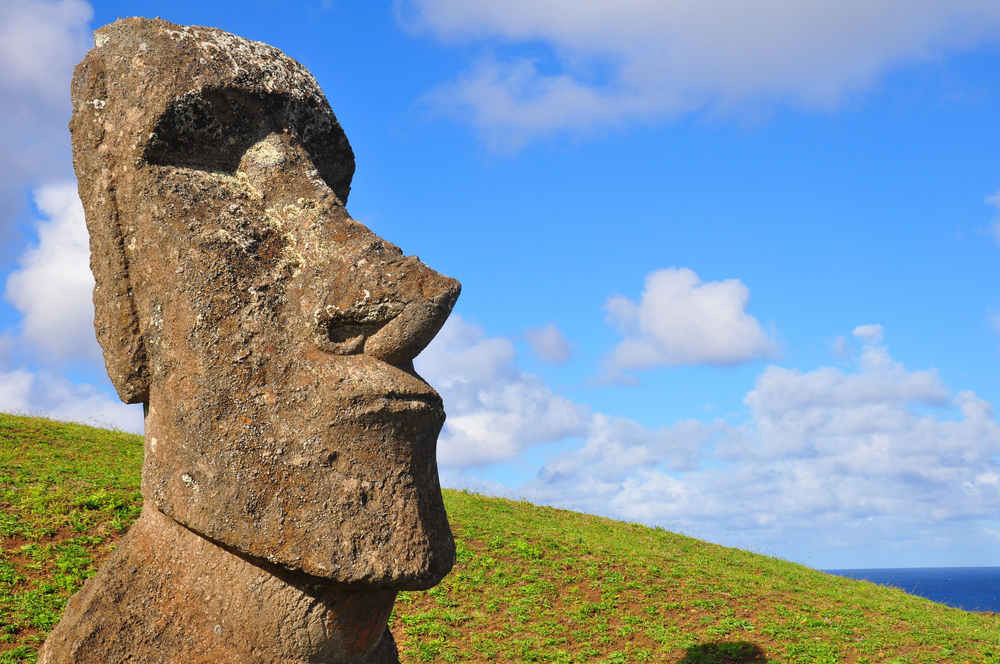
While technically part of Chile, these famous stone statues called ‘moai’ stand thousands of miles from the mainland in the Pacific Ocean. What makes them particularly bizarre is that many of these massive heads actually have bodies buried underground.
Recent excavations have revealed that what we see is only the tip of the iceberg, with some statues extending up to 33 feet below ground. This discovery has added another layer of mystery to these already enigmatic figures.
The Split Apple Rock, Argentina
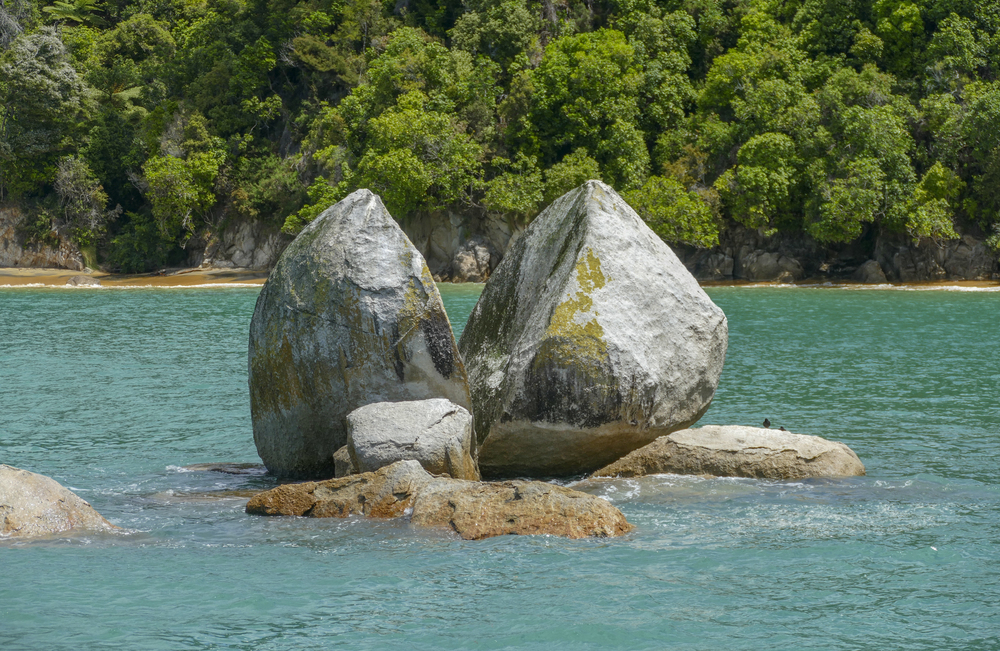
Located in Tierra del Fuego, this perfectly split boulder appears to have been cleaved with surgical precision. While natural forces created this remarkable formation, its symmetry is so perfect that it’s hard to believe it wasn’t manufactured.
Local legends attribute the split to everything from ancient giants to extraterrestrial intervention. The rock has become a symbol of the region and attracts geologists and tourists alike who marvel at nature’s capacity for creating seemingly impossible formations.
The River of Five Colors, Colombia
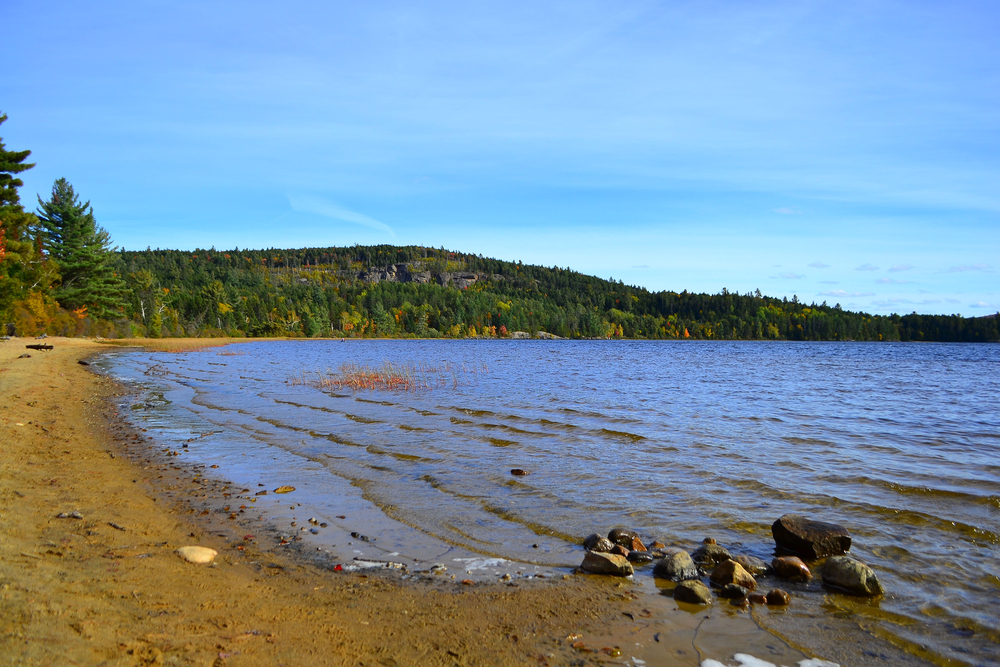
Caño Cristales, often called the ‘Liquid Rainbow,’ displays spectacular colors during certain months of the year. The river bed erupts in shades of red, yellow, green, blue, and black caused by different species of algae and plants.
This natural phenomenon only occurs under specific conditions, making it even more special and mysterious. The remote location and limited visiting seasons have helped preserve this unique ecosystem while adding to its mystique.
Like Travel Pug’s content? Follow us on MSN.
The Great Blue Hole, Belize
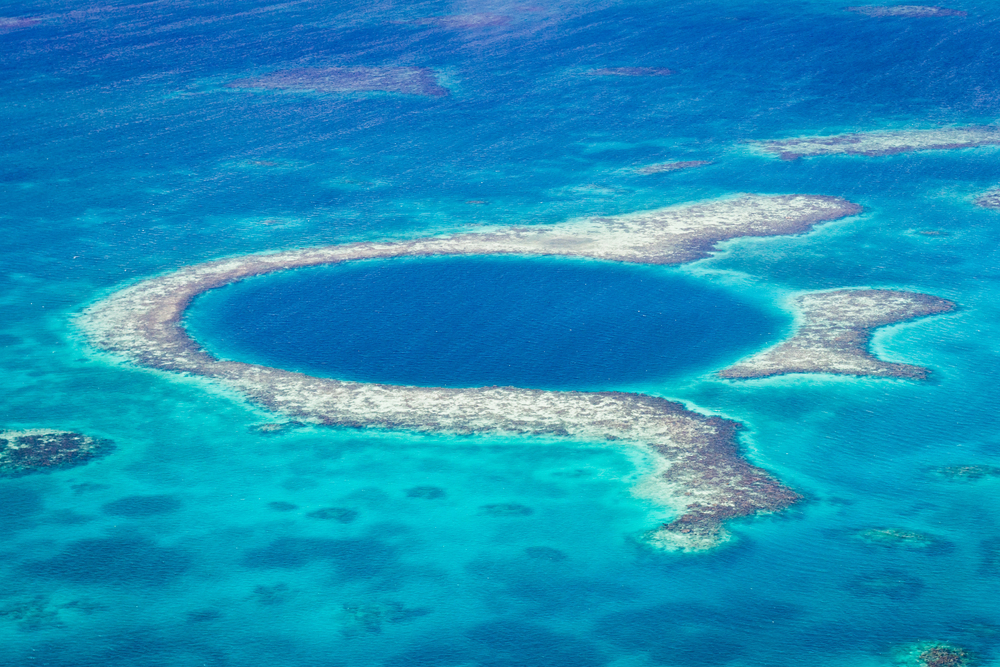
While technically not an artificial landmark, this perfectly circular marine sinkhole off the coast of Belize is so geometrically perfect that it seems artificial. The dark blue hole contrasts dramatically with the surrounding lighter waters, creating what looks like a giant eye staring up from the ocean floor.
Measuring 1,043 feet across and 407 feet deep, this natural phenomenon has become a bucket-list destination for divers who brave its depths to explore the underwater caves and stalactites formed during the last ice age.
The Devil’s Post Office, Ecuador
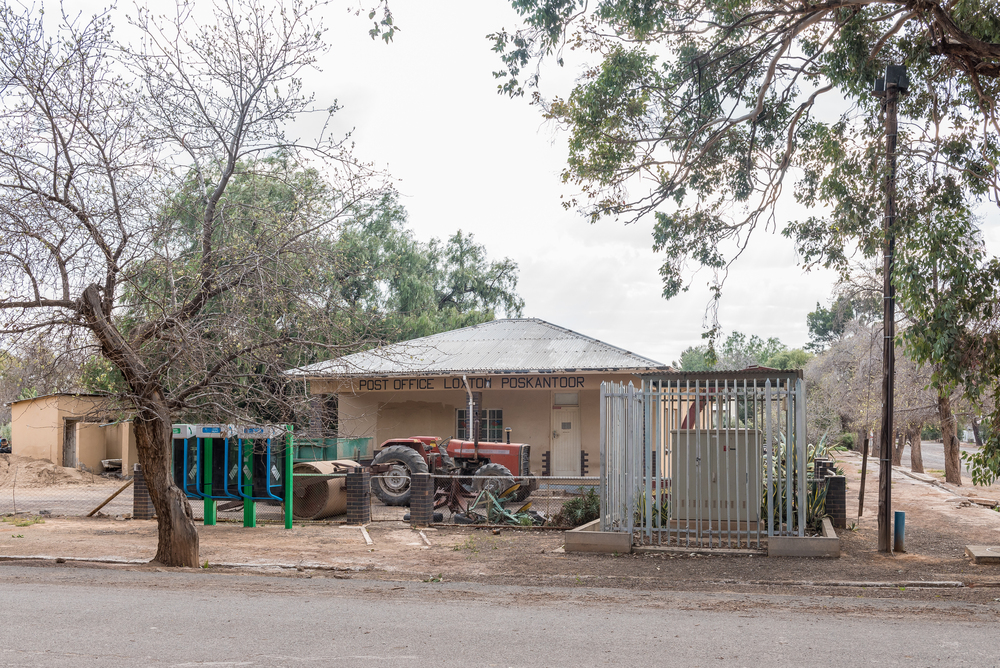
In a remote location near Chimborazo volcano stands a simple barrel that has served as an unofficial post office for over 50 years. Climbers and hikers leave postcards and letters in the barrel, and future visitors sort through them to hand-deliver ones headed to their hometown.
This bizarre honor system postal service operates without stamps or official oversight, yet countless letters have reached their destinations through the goodwill of strangers. The tradition continues today, making it one of the world’s most unique mail delivery systems.
The Marble Caves, Chile
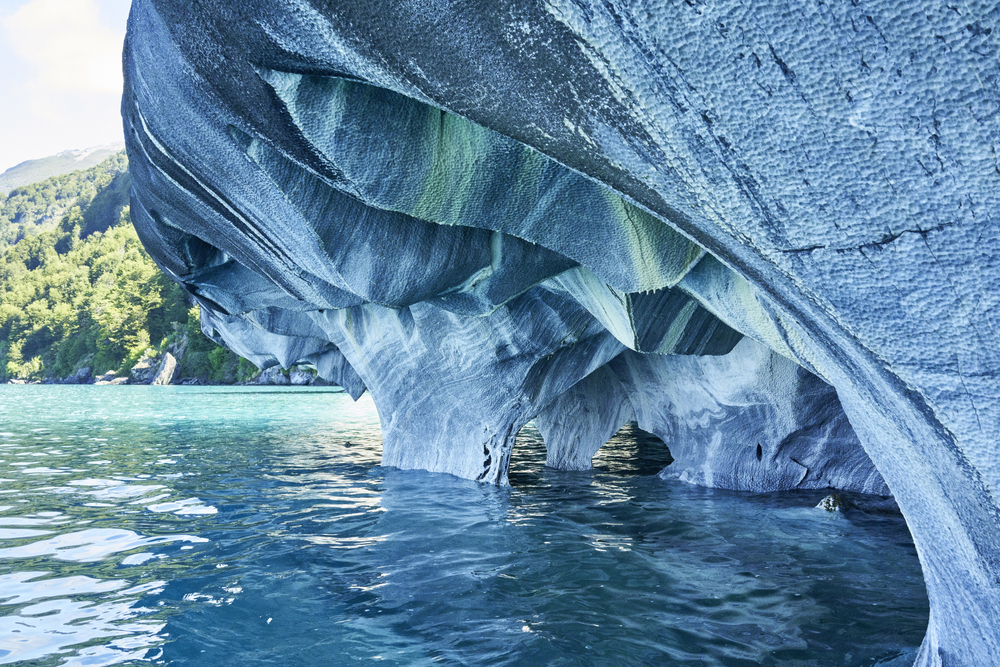
These stunning caves along Lake General Carrera were formed by 6,000 years of wave erosion. The smooth, swirling patterns in the cave walls change color throughout the year as water levels rise and fall, creating an ever-changing natural art gallery.
The caves are only accessible by boat, and their remote location near the Chile-Argentina border adds to their mystique. The play of light on the mineral-rich walls creates ethereal blue patterns that seem almost too perfect to be natural.
Like Travel Pug’s content? Follow us on MSN.
The Rainbow Mountain, Peru
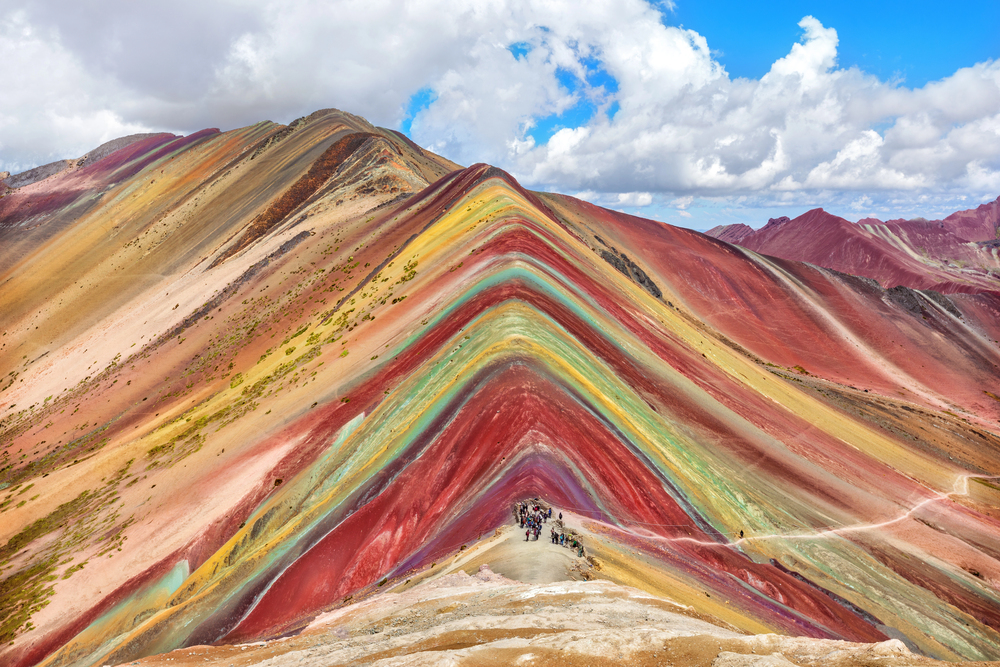
Vinicunca Mountain, also known as Rainbow Mountain, displays striking bands of color that look like they’ve been painted on by a giant hand. The unusual coloration comes from different mineral deposits exposed by erosion over millions of years.
This natural wonder remained relatively unknown until 2015, when melting glaciers revealed its colorful slopes. The 17,060-foot altitude and challenging trek required to reach it only add to its allure as one of South America’s most remarkable natural landmarks.
Beyond the Bizarre
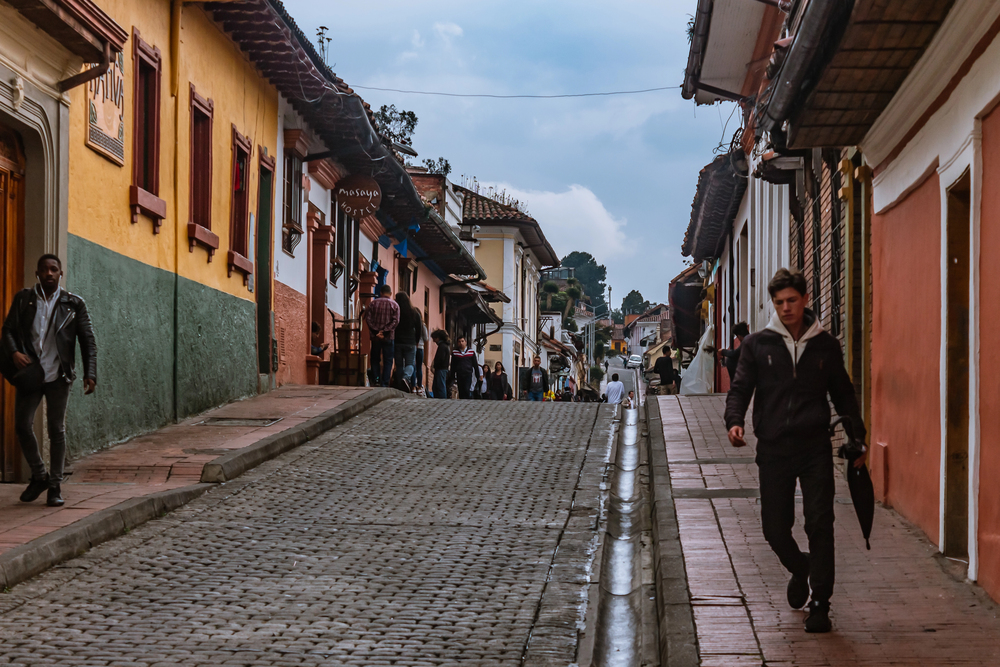
hands or natural forces, these locations offer unique perspectives on art, nature, and human ingenuity.
They stand as testaments to the region’s rich cultural heritage and its capacity to surprise and delight visitors who venture off the beaten path in search of the extraordinary.
More from Travel Pug

- 15 Dangerous European Cities to Avoid
- 15 Caribbean Islands Where Tourists Keep Getting Scammed
- The 20 Most Fascinating Abandoned Places: A Journey Through Time and Forgotten Spaces
- 15 Hidden Places in the Smithsonian Museums Locals Love: A Guide to Lesser-Known Treasures
- 16 Hidden Florida Beach Towns That Aren’t Overrun with Tourists
Like Travel Pug’s content? Follow us on MSN.
